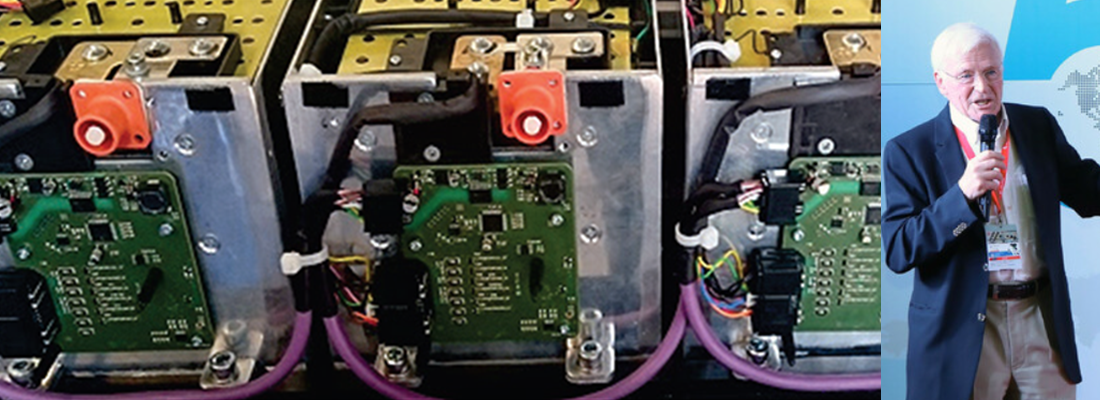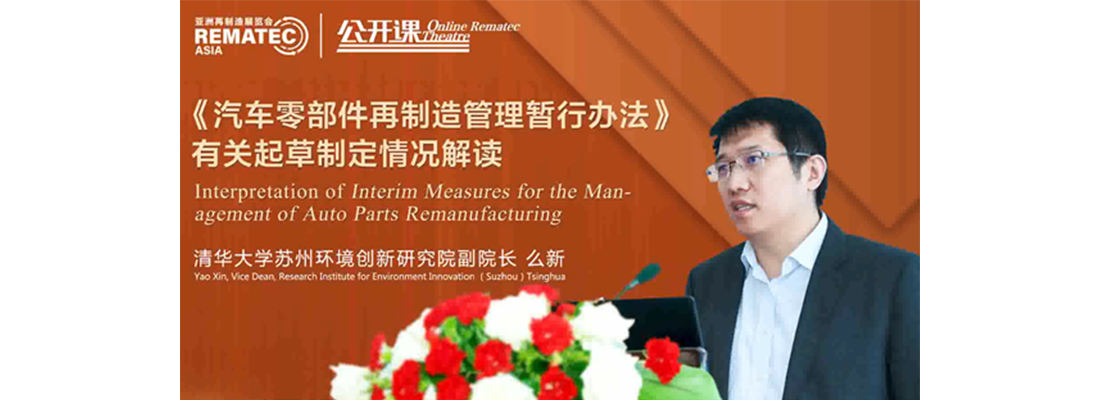Software and digitalisation, the new frontier of the automotive industry
Software and digitalisation, the new frontier of the automotive industry
In the automotive industry, “digitalization” and “software” refer to the integration of digital technologies and software systems to enhance vehicle functionality, production, and the overall user experience.
Technological evolution at the service of the user
Technological evolution has highlighted a strong dependence of the automotive industry on electronic control systems, which are increasingly present in vehicles. The ability to introduce highly innovative functions through the use of sophisticated electronics and connected systems, combined with the need for a serious and effective response from an environmental sustainability perspective, is driving radical changes both in the way vehicles are designed and, in the business, models being adopted.
The industry is gradually moving away from internal combustion engines (ICEs) in favour of alternative propulsion systems (ecological transition). This shift is accompanied by upgrades in Infotainment Systems—advanced interfaces offering navigation, music, internet connectivity, and apps—and the development of innovative Autonomous Driving technologies: software-powered systems enabling self-driving capabilities through AI, sensors, and real-time data processing. Additionally, there is a focus on creating new and more sophisticated active and passive safety systems, as well as promoting shared mobility and services tied to specific technologies like ADAS (Advanced Driver Assistance Systems), which include features such as adaptive cruise control, lane-keeping assistance, and parking aids.
The Future of Remanufacturing: Embracing Digitalization Today
The automotive landscape is also opening up to almost visionary scenarios, such as Connected Cars—vehicles that communicate with external networks to provide real-time traffic updates, remote control features (like starting the engine via an app), and over-the-air software updates—and Smart Factories, where digital tools optimize production processes through robotics, IoT sensors, and real-time data analysis. Digitalization and the development of new software, particularly for Battery Electric Vehicles (BEVs), have heightened the focus on Sustainability and Efficiency, driving innovation toward a greener and more efficient future.
Specifically, regarding Electric Vehicles (EVs): software plays a critical role in managing battery performance, optimizing energy efficiency, and enhancing charging processes. For Fleet Management, digital tools enable real-time tracking and optimization of commercial vehicle fleets, improving logistics, reducing costs, and increasing overall efficiency.
Why a Cloud-Native Approach is the Key to Remanufacturing Success
The automotive industry is aiming to develop highly scalable, flexible, and resilient applications that can be updated quickly and easily, to meet customer needs while fostering a better and more efficient relationship with them. Whereas a few years ago software was part of the vehicle primarily for specific functions and add-ons that did not fundamentally alter the essence of the product, today digitalized, controlled, and connected systems are integral to the vehicle itself. These systems now represent a key component of the car's value, surpassing the importance of mechanical advancements.
The cloud-native approach—a combination of techniques and technologies designed to develop and deploy high-quality applications while enabling shorter software life cycles driven by continuous user feedback—is what allows the industry to meet new demands for safety, comfort, performance, and entertainment. This approach also addresses the commercial imperative to offer consumers dozens of options for every brand and model, transforming cars from mere means of transportation into true "terminals on wheels." These vehicles become multifunctional spaces for work, leisure, and mobility, redefining their role in daily life.
Among other aspects related to digitalization and the development of new software, it is worth highlighting Mobility Services, including: Ride-Sharing and Subscription Models: Digital platforms that enable pay-per-use options or shared vehicle ownership, offering flexible and cost-effective mobility solutions. Integration with Smart Cities: Connectivity between vehicles and urban infrastructure, such as traffic lights or parking systems, facilitating smoother traffic flow, efficient parking, and enhanced urban mobility.
Last but not least, the use of Artificial Intelligence (AI), which powers autonomous features, predictive maintenance, and personalization, plays a pivotal role. Other critical technologies include:
Internet of Things (IoT): Enabling connected cars and smart manufacturing through real-time communication and data exchange.
Cloud Computing: Facilitating data storage, analysis, and seamless software updates.
Cybersecurity: Ensuring the protection of vehicle data and systems from hacking, safeguarding both functionality and user privacy.
In conclusion, it is truly remarkable to envision the potential of vehicles that improve over time, where performance, safety, and comfort can be enhanced simply through software updates or the use of a standard mobile device. This allows each driver to choose from a variety of options for engine performance, driving modes, and safety features, regardless of the standard equipment configuration, while also adapting to the different regulatory frameworks of the countries where the vehicles are sold.
Share your remanufacturing stories with us
Do you have an innovation, research results or an other interesting topic you would like to share with the remanufacturing industry? The Rematec website and social media channels are a great platform to showcase your stories!
Please contact our Brand Marketing Manager.
Are you an Rematec exhibitor?
Make sure you add your latest press releases to your Company Profile in the Exhibitor Portal for free exposure.





